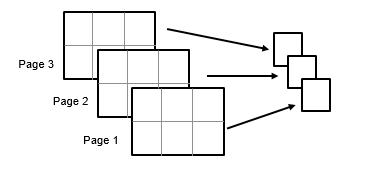nansum
(권장되지 않음) NaN 값을 무시하여 합 구하기
nansum은 권장되지 않습니다. MATLAB® 함수 sum을 대신 사용하십시오. sum 함수를 사용하면 NaN 값을 계산에 포함할지 아니면 제외할지 여부를 지정할 수 있습니다. 자세한 내용은 버전 내역 항목을 참조하십시오.
설명
y = nansum(X)NaN 값을 제거한 후에 계산한 X의 요소의 sum을 반환합니다.
X가 벡터인 경우,nansum(X)는X에서NaN이 아닌 모든 요소의 합입니다.X가 행렬인 경우,nansum(X)는NaN값을 제거한 후에 계산한 열 합으로 구성된 행 벡터입니다.X가 다차원 배열인 경우,nansum은X의 첫 번째 비한원소 차원을 따라 연산을 수행합니다. 이 차원의 크기는 1이 되고 다른 모든 차원의 크기는 변경되지 않습니다.nansum은 모든NaN값을 제거합니다.
nansum이 모두 NaN 값으로 구성된 배열을 처리하는 방법에 대한 자세한 내용은 팁 항목을 참조하십시오.
예제
입력 인수
출력 인수
팁
nansum이 모두NaN값으로 구성된 배열의 합을 계산하는 경우,NaN값이 제거되고 나면 배열이 비게 되고, 따라서 나머지 요소의 합이0이 됩니다. 이때의 출력값0은NaN값들의 합이 아닙니다.
